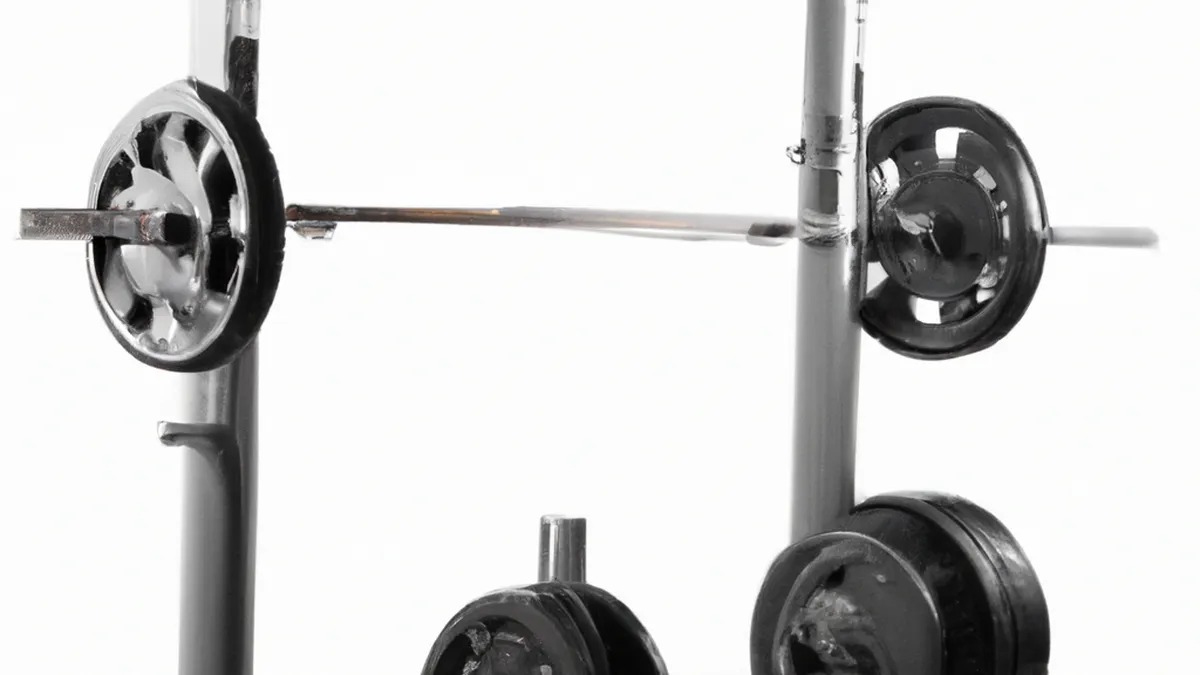Prioritizing Student Needs in Plate Selection
How to Select Plate Materials for Diverse Dietary Needs in Schools
Selecting the right plate materials for school meals creates a safe, inclusive dining environment. Schools serve diverse populations with varying dietary needs. Choosing appropriate materials ensures safety, promotes health, and enhances the dining experience. This blog offers tips for selecting plate materials that accommodate all students, fostering a welcoming atmosphere.
Understanding Dietary Needs
Schools must effectively address the diverse dietary needs of students. Some students have allergies requiring strict dietary restrictions. Others follow specific diets for health or ethical reasons. For example, students with celiac disease need gluten-free options. Vegan students require plates free from animal products.
Schools should conduct surveys to understand dietary restrictions. During enrollment, parents can share their child’s dietary needs and allergies. This information helps schools select appropriate plate materials, ensuring consideration of all students’ needs.
Considerations for Plate Materials
When selecting plates for school meals, consider several factors:
Safety
Safety should be the top priority when choosing plate materials. Opt for non-toxic materials safe for all students. Avoid materials that leach harmful chemicals into food. BPA-free plastics are a reliable choice, as they do not contain bisphenol A, linked to health concerns.
Also, consider the durability of materials. Plates must withstand daily use without breaking or chipping. Durable materials ensure safety and reduce waste, saving costs from frequent replacements.
Ease of Cleaning
Ease of cleaning is another important factor. Schools need materials that sanitize easily to prevent foodborne illnesses. Dishwasher-safe plates streamline the cleaning process, allowing for efficient sanitation.
Materials like stainless steel and high-quality plastics work well. They resist staining and maintain integrity through multiple washes. Transitioning to these materials saves time, labor costs, and resources in the kitchen.
Temperature Resistance
Temperature resistance is a critical consideration. Meals served in schools are often hot, so plate materials must withstand high temperatures. This ensures food quality and safety.
Certain ceramics and heat-resistant plastics are ideal choices. They maintain shape and integrity under high temperatures, ensuring students receive meals at appropriate temperatures.
Aesthetics and Functionality
While safety and practicality matter most, aesthetics are also important. Plates should visually appeal to students, as inviting presentations impact willingness to eat. Vibrant colors and fun designs make meals enjoyable and encourage students to try new foods.
Conclusion
In summary, selecting the right plate materials is essential for accommodating diverse dietary needs in schools. Prioritize safety, cleaning ease, temperature resistance, and aesthetics to create a welcoming dining environment.
Below are related products based on this post:
FAQ
What should schools prioritize when selecting plate materials for student meals?
Schools should prioritize safety, ensuring that materials are non-toxic and free from harmful chemicals. Additionally, plates should be durable to withstand daily use, easy to clean to prevent foodborne illnesses, and temperature resistant to maintain food quality. Aesthetics should also be considered to make meals visually appealing to students.
How can schools understand the dietary needs of their students?
Schools can conduct surveys and gather information during enrollment to understand students’ dietary restrictions. Parents can provide details about their child’s allergies and dietary preferences, which helps schools select appropriate plate materials that accommodate all students’ needs.
What types of materials are recommended for school plates?
Recommended materials for school plates include BPA-free plastics, stainless steel, and certain ceramics. These materials are durable, easy to clean, and can withstand high temperatures, making them suitable for daily use in school meal programs.















Post Comment